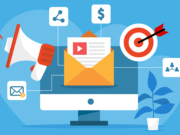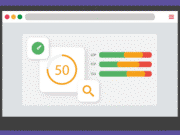Gone are the days when simple and generic call-to-action triggers like ‘Learn More,’ ‘Buy Now,’ and ‘Sign Up’ worked. The target market is more knowledgeable than ever before, so you’ll need to be creative to increase your conversions.
Call to action triggers are different depending on the industry and the target audience. You need to offer value for some, and for others, urgency is paramount. Despite the difference in industry and target audience, below are some tips to help you create a compelling call-to-action message.
Why is an optimized call to action important?
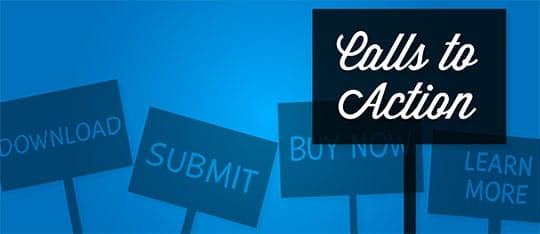
In a business message, the function of a call to action is to tell the visitor what step to take next. Without an optimized and clear CTA, the visitor may leave the site without completing a task.
An optimized CTA speaks to the customer’s pain points and removes friction in helping them through the buyer’s journey. You can have multiple CTAs on your page if you need the customer to complete different tasks.
Even though internet users are accustomed to seeing CTAs on your webpage, it doesn’t mean they’ll follow instructions and convert. Writing CTA copy is an art, but you can master it with the following tips:
Recommended for you: Best Tips to Use Persuasion Techniques in Social Media Marketing.
1. Use a Free Trial

One of the best CTA tactics to implement is a free trial. Free trials work wonders for SaaS (Software as a Service) companies like Shopify. In 15 years, Shopify has grown its businesses to over 1.7 million. In part, this growth is courtesy of the 14-day trial they offer.
For customers to move down the buyer journey, you need to help them by removing possible obstacles. Visitors have loads of questions, but they are checking to determine if you have the right solution.
Requesting them to pay the first time they interact with your brand leads to a high bounce rate of your site. However, offering a free trial increases the conversion rate.
Since it’s a free trial, there’s still some work to do to convert the free customers into paying customers. Luckily, there are free steps you can take through email marketing to complete the conversion. Some tips include:
- Providing instructions on how to start using your product or service.
- Sending multiple value emails during the trial period.
- Personalizing the emails.
- Adding an optimized call to actions in the emails.
- Hosting monthly webinars.
- Extending free trials for engaged users.
2. Offer Value
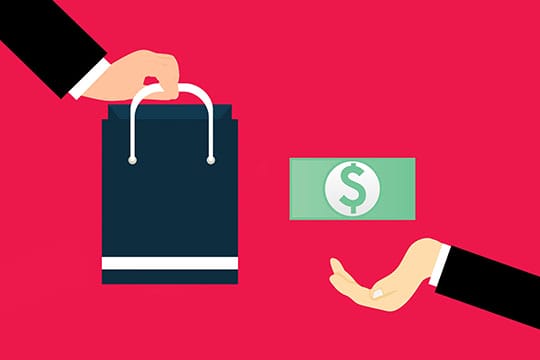
The internet is fueled by content. A few decades ago, internet users weren’t too concerned about the quality of videos, blogs, articles, eBooks, and other content. However, since Google started updating its algorithm, things have changed.
Google’s algorithm updates are fueled by providing users with the best search experience. This mainly involves providing the best answers to search questions to remain at the top. When searchers can’t find the best answer to their question, they’ll move to DuckDuckGo and Bing.
In the same light, your CTAs have to offer value to visitors. If the CTA button offers no value, visitors are less likely to click it.
Aside from offering this, you should run CTA tests to determine the best call-to-action image placement, design, and color.
3. Don’t make the customer wait

Learning the art of delayed gratification is important to success in real life. People have learned to value things they worked hard and were patient for. But when persuading potential customers to purchase a digital product, your success is in providing instant gratification.
No one likes to wait – the agitation people have in long queues at the bank or coffee shop is enough evidence. To grow your online business, you need to ensure all systems work efficiently without long waiting times.
You can provide a free eBook as a lead generation tactic of increasing clicks and conversions and ultimately increasing purchases. If you are in the SaaS business, ensure the customer can download the product immediately and with minimal clicks.
4. Use emotional triggers

Remember, your target customers are humans who make emotional and rational choices depending on the information provided. Usually, a customer will purchase a service or product based on emotions and later justify it logically.
Because of this, your goal should be to evoke emotion and curiosity in your CTA copy to increase conversions. Some of the tactics you can use to evoke curiosity and emotion include:
- Saying the unexpected. For instance, when your audience expects you to boast about past accomplishments, tell them you’ve been lucky. Show them how some level of ignorance and your support system helped fuel your success.
- Ask thought-provoking questions. Instead of telling the customer what to do, show them why they should do it.
- Share your process and your results without getting into deep details.
- Create a sense of urgency. This will invoke curiosity and make the user look forward to the value offered.
Some emotions you can focus on include fun, surprise, delight, trust, pride, satisfaction, and urgency. Remember to be honest in your offer and to deliver on your promises. Some power words you can use to persuade your visitors include:
- Free.
- Bonus.
- You.
- New.
- Instantly.
- Because.
You may also like: Video Marketing in 2022: The Most Exciting Video Marketing Trends to Look Out For.
5. Problem-solution

When crafting a compelling call-to-action, you need to have a deep understanding of your target customer. A tried and tested copywriting formula includes:
- Identifying customer pain points.
- Agitating the pain points.
- Offering a solution.
When writing a call to action, you should leverage these elements to increase click-through rate and your conversions.
When you identify your target customer’s pain points, you can provide better solutions. This helps you make a product or service for your customers instead of finding customers for your products.
Say you generate web traffic and increase lead generation for clients; your solution is creating a landing page that converts. To do this, you’d create an eBook or any valuable lead magnet to get emails. If the goal is to run a Facebook ad campaign, the landing page should be ready before the copy.
In such a situation, the real client problem isn’t web traffic but page optimization. Without optimization, no level of traffic will help increase conversion.
The CTA you create should acknowledge this problem lest you don’t get any clicks.
Agitating the pain points means letting your audience know how bad the problem is. You can pique their interest and evoke their emotions as you prepare them for the solution you are offering. And if a customer doesn’t buy into the solution, the email campaign will help convert them later.
6. Social proof

Human beings always want to be a part of a community. This urge to be a part of a community relates to social proof where customers don’t want to miss out on what others are getting. The same concept dubbed ‘Fear of Missing Out’ (FOMO) fuels the cryptocurrency and NFT industry.
Many brands implement social proof in different ways, including listing the number of people who’ve already signed up. A company like Mailchimp points out that over 8 million internet users use MailChimp. These CTAs encourage new visitors to join the team as well.
Social proof isn’t implemented on the call-to-action images since these should contain specific copies designed to generate clicks.
The concept of social proof works on other site parts and not only the landing page or main blog. Instead, you can add it to the sidebar too.
7. Cliffhanger
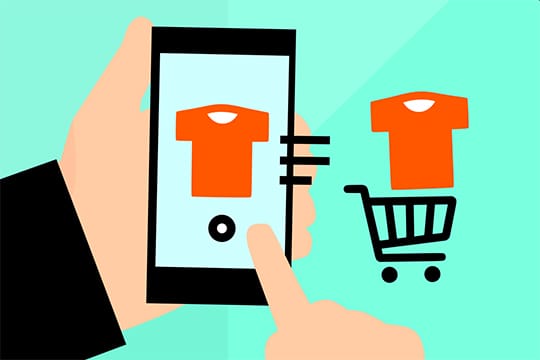
Screenwriters and fiction authors popularly use cliffhangers. A cliffhanger in a book or a TV show leaves the reader or audience wanting to know what’ll happen.
Hollywood has perfected the art of cliffhangers that a large audience is always waiting for the next season. When you implement the same strategy effectively in your CTA message, your audience will feel compelled to click on the button.
Evernote employs the cliffhanger strategy to get their customers to upgrade to premium from the homepage. They have a mild cliffhanger on the CTA button that leaves the user curious to discover the features available in the premium version.
8. Offer visitors a bonus
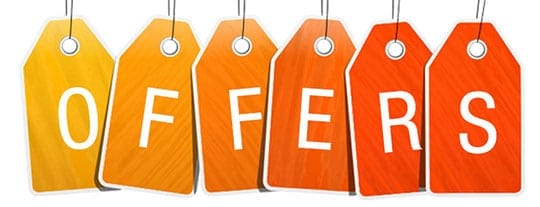
Who doesn’t like free stuff? Free lunches might not be a thing, but human nature makes it difficult to resist a free eBook template. You can leverage this human nature to attract and keep your customers.
Start offering creative bonuses in the CTA message. For instance, you can provide discounts for orders placed as is the case with Verizon, which offers customers an opportunity to save cash on trade-ins. If you sell products, you can offer free shipping within a certain region. And if it’s a service, you can give huge discounts as Bluehost does with its new customers.
You may also like: How to Manage Your Marketing Operations as a Small Business Owner?
Conclusion

Yes, sales copy, promotional banners, contact us page, landing pages, and Facebook ad campaigns are good lead generators. However, they’ll generate more and higher-quality leads when the CTA button is optimized.
Generally, higher clicks result in higher conversions if every element is optimized using the above tips. Remember, the problem doesn’t site traffic but getting the ideal customer to click the CTA button. If you manage to persuade several people to click through each day, you’ll notice a tremendous improvement in sales.
This article is written by Tim Absalikov. Tim is the acting CEO of Lasting Trend in NYC. He is an expert in technical optimization. He has a deep understanding of SEO, SEM, UX, and UI considerations, shopping campaigns works with eCommerce and web analytics.
 This article is written by Tim Absalikov. Tim is the acting CEO of
This article is written by Tim Absalikov. Tim is the acting CEO of 